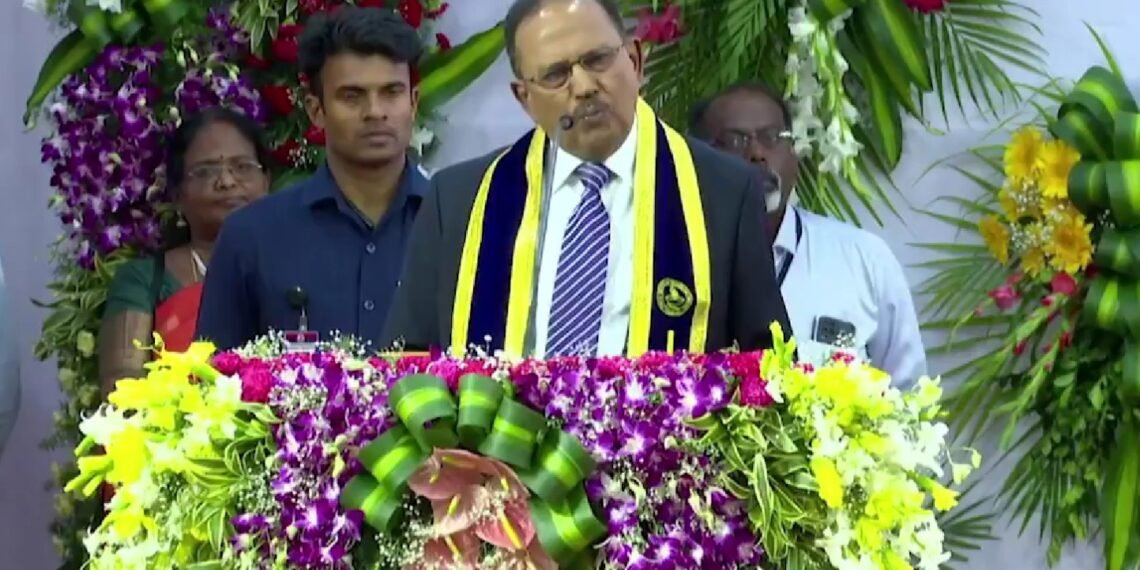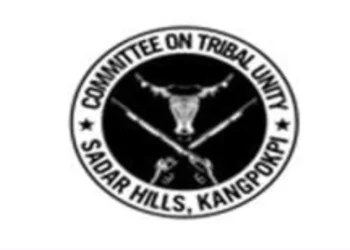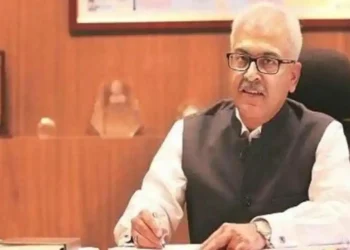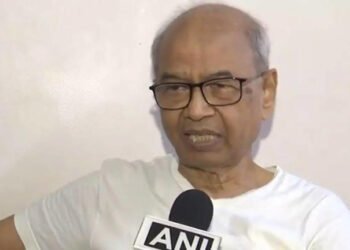“You tell me one photograph, one image, which shows any damage to any Indian structure, even a glass pane having been broken”: NSA DOVAL
By PC Bureau
In a stirring address at the 62nd Convocation of IIT Madras, National Security Advisor (NSA) Ajit Doval unleashed a scathing critique of foreign media narratives surrounding Operation Sindoor, India’s audacious military strike on May 7, 2025, targeting terrorist infrastructure deep within Pakistan and Pakistan-occupied Kashmir (PoK).
With unyielding conviction, Doval dismantled claims of Pakistani retaliation, challenged the credibility of international reports, and celebrated the operation’s precision and India’s burgeoning self-reliance in defense technology, igniting a sense of national pride among the audience.
Foreign press said that Pakistan did that and this… You tell me one photograph, one image, which shows any damage to any Indian structure, even a glass pane having been broken,” Doval thundered, directly confronting outlets like The New York Times for alleging Indian losses.
READ: Myanmar Horror: Junta Bombs Monastery Shelter, Killing 28 in Sagaing
He pointed to satellite imagery published by foreign media, which instead revealed extensive damage to 13 Pakistani air bases, including those in Sargodha, Rahim Yar Khan, and Chaklala, before and after May 10. “I am only telling you what the foreign media put out on the basis of images,” he said, emphasizing the absence of any evidence of Indian damage while underscoring India’s capability to strike decisively. “We are capable of doing that,” he added, a subtle yet resolute nod to India’s military prowess.
Operation Sindoor, launched in response to the April 22, 2025, Pahalgam terrorist attack that killed 26 civilians, was a meticulously planned operation targeting nine terrorist strongholds, including Lashkar-e-Taiba’s headquarters in Muridke and Jaish-e-Mohammed’s base in Bahawalpur.
READ: The Mega Tribal Land Grab (2): How Adivasi Fight a Losing battle in Chhattisgarh
“We decided to have nine terrorist targets in the criss-cross of Pakistan, not in the border areas. We missed none. We hit nowhere else except that,” Doval declared. The 23-minute operation, executed with pinpoint accuracy using indigenous systems like BrahMos missiles, Akashteer air defense units, and loitering munitions, showcased India’s technological edge. “We are really proud of how much indigenous content was there,” he said, crediting India’s scientific and defense communities for their contributions.
Doval’s address went beyond military triumph, weaving a narrative of historical resilience and national destiny. “You belong to a country, to a civilization which has been beleaguered, bled, dishonored for a thousand years. Our ancestors have suffered a lot,” he said, evoking the struggles that have shaped India’s enduring identity.
“India, as a Nation, had existed for millennia; it may be a new State,” he added, urging the young graduates to see themselves as stewards of a civilization poised for greatness. With India approaching the centenary of its independence in 2047, Doval challenged the audience: “You will be at the prime of your careers… What legacy will you leave?”
The NSA’s remarks come amid heightened tensions following the Pahalgam attack, claimed by The Resistance Front (TRF), a proxy of LeT. Operation Sindoor’s success, marked by zero civilian or military collateral damage on the Indian side, was followed by a ceasefire on May 10, which Pakistan violated within hours, prompting India’s expanded strikes.













